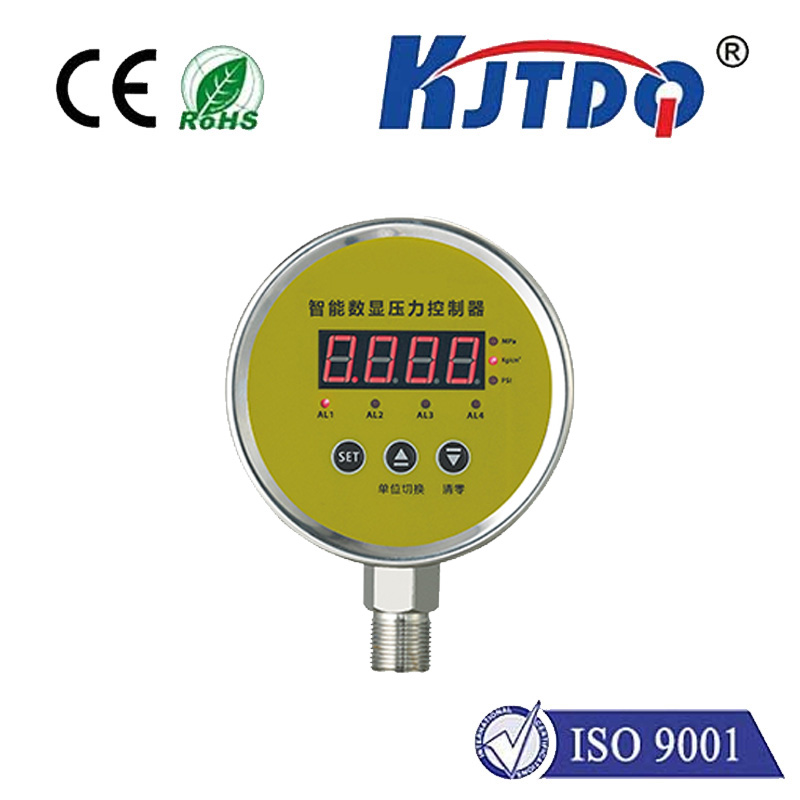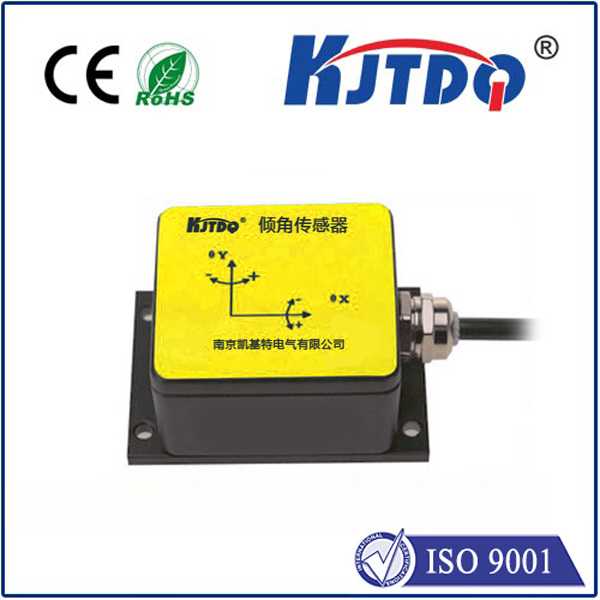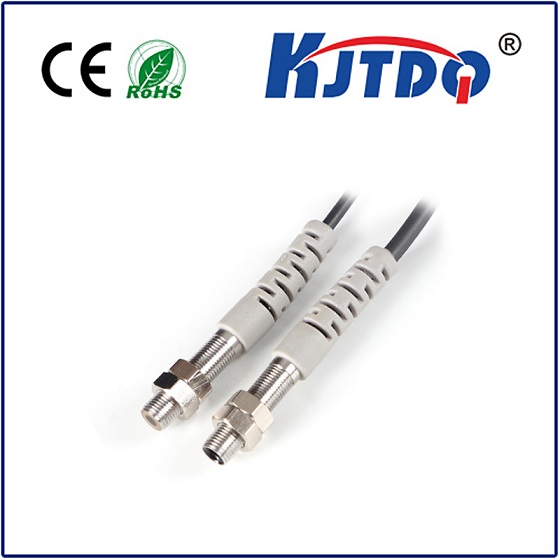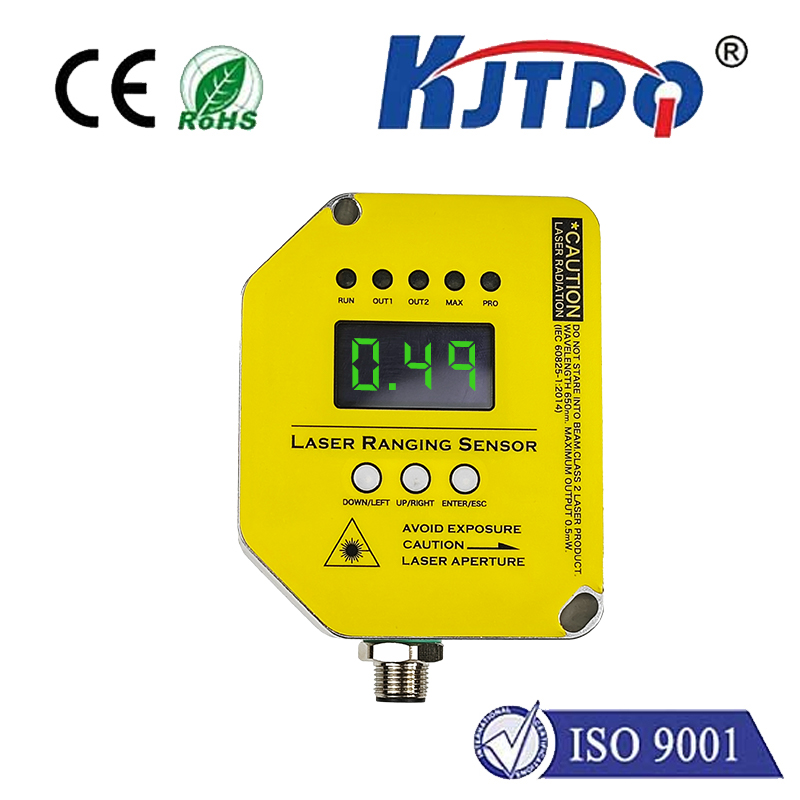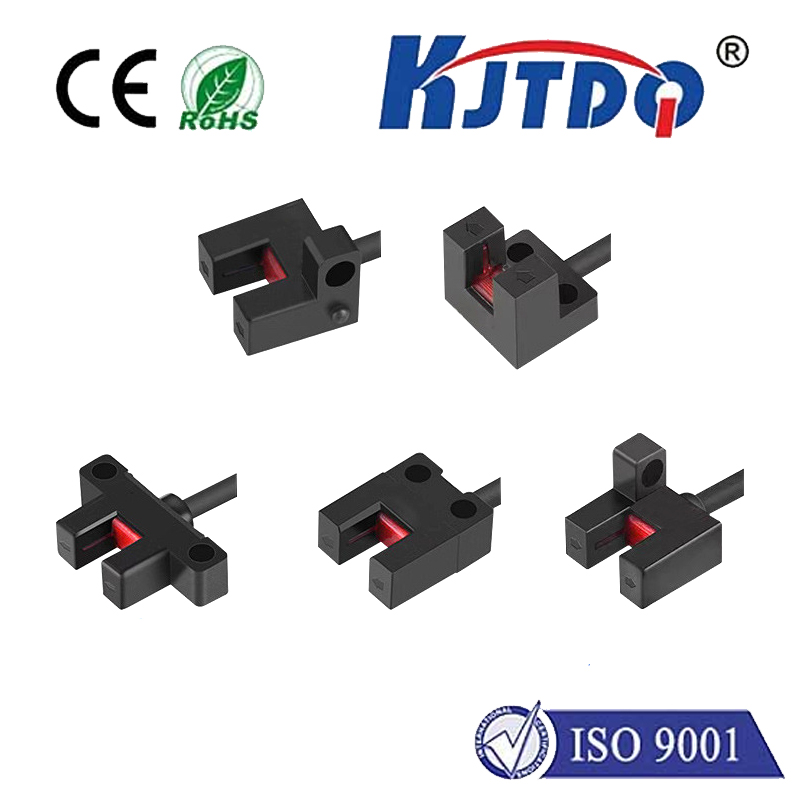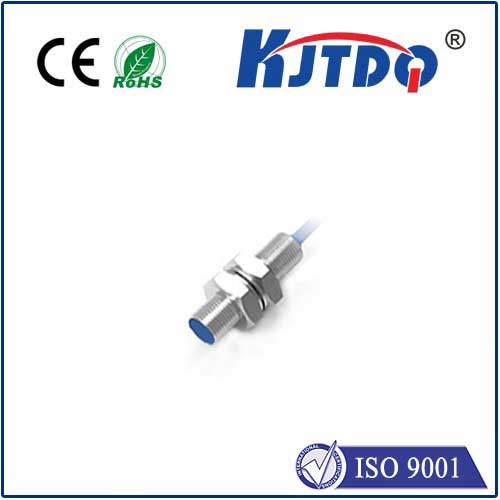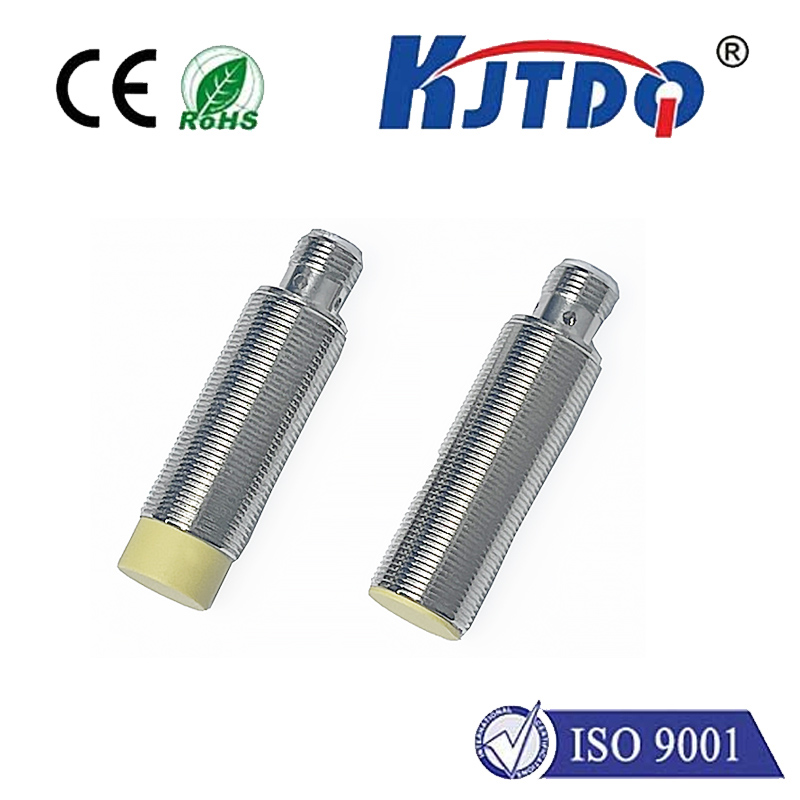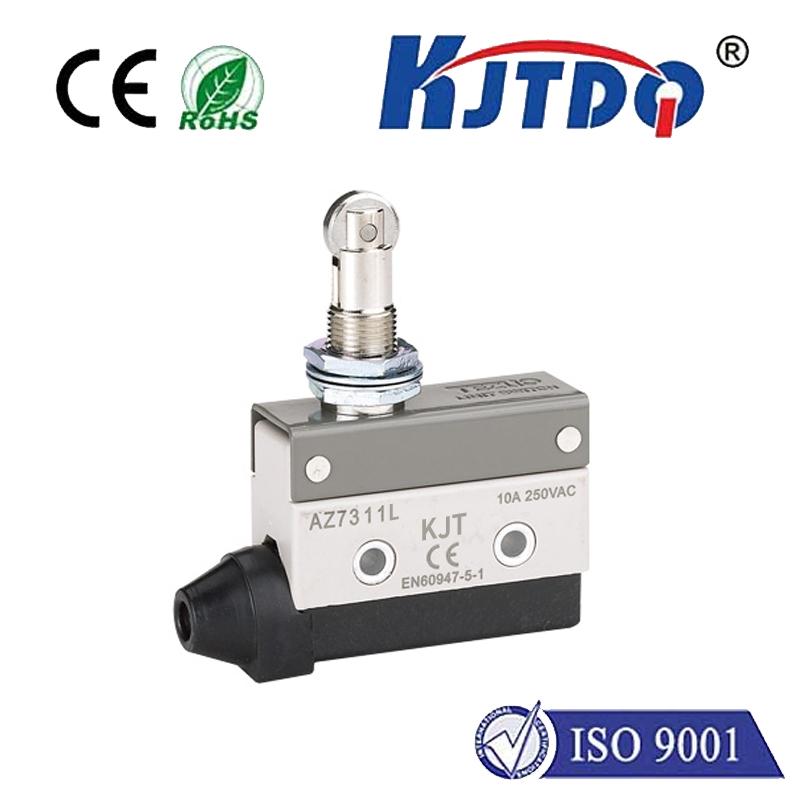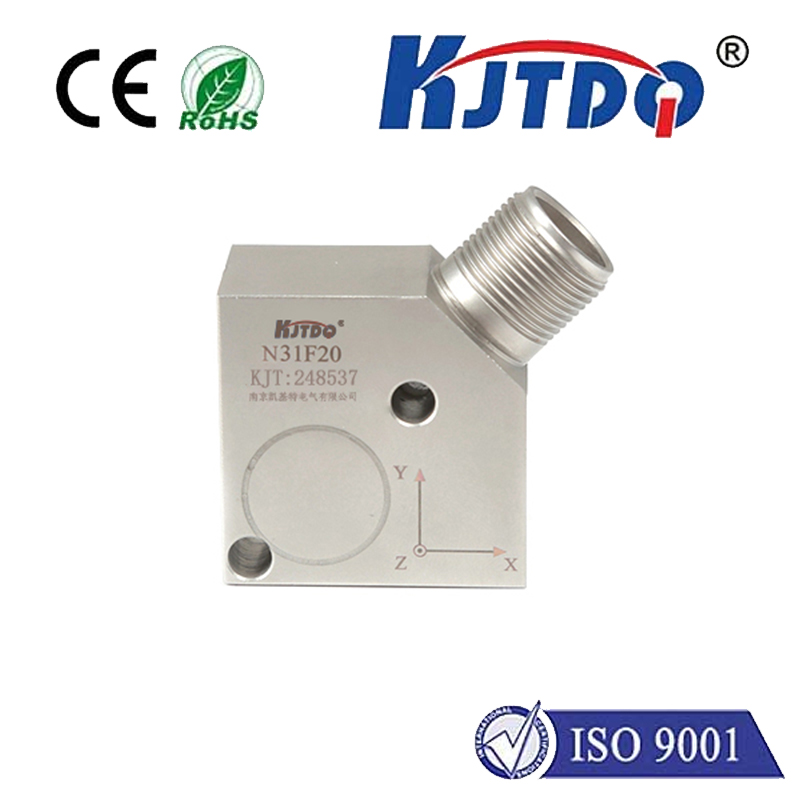
check

check

check

check
Title: Enhancing Industrial Automation with Reflective Photoelectric Beam Sensors
In the ever-evolving landscape of industrial automation, the integration of smart sensor technology has become paramount in improving efficiency and productivity. Among the myriad of sensor options available, reflective photoelectric beam sensors have emerged as a crucial component for enhancing precision and reliability in various manufacturing processes. This article delves into the principles, advantages, and applications of these remarkable devices.
At its core, a reflective photoelectric beam sensor operates on the principle of light projection and reflection. The sensor emits a beam of light that bounces off a reflector and returns to the sensor. When an object interrupts this path, the sensor detects the absence or alteration of the light beam, triggering an output signal. This seemingly simple mechanism belies its sophisticated role in modern industry.

One of the primary advantages of the reflective photoelectric beam sensor is its adaptability. Unlike through-beam sensors that require a precise alignment between the emitter and receiver, reflective sensors only need a single device and a reflector, making installation easier and more flexible. This configuration also makes them less susceptible to alignment issues caused by mechanical vibrations common in industrial settings.
Furthermore, reflective photoelectric beam sensors boast impressive detection capabilities. They can accurately detect objects irrespective of their color, texture, or transparency. This universal detection is possible due to the reflective nature of the sensing method, which focuses on the interruption of the light beam rather than the properties of the object itself. As a result, these sensors can be used for a wide range of products without the need for complex adjustments.
The robustness of reflective photoelectric beam sensors is another notable benefit. They are designed to withstand harsh industrial environments, resisting contamination from dust, moisture, and other airborne particles. This resilience ensures minimal maintenance requirements and long-term reliability, which directly translates to reduced downtime and increased operational efficiency.
Applications for reflective photoelectric beam sensors abound in industrial automation. They are commonly found in packaging machines where they ensure accurate product positioning and counting. In conveyor systems, they serve as presence sensors to detect items moving along the line, triggering subsequent operations such as sorting or diverting products to different locations. Additionally, they are utilized in quality control inspections, providing precise object detection that can trigger further analysis or rejection of defective products.
The significance of reflective photoelectric beam sensors extends to safety applications as well. For instance, they can serve as part of protective guarding on machinery, ensuring that operators do not come into contact with dangerous moving parts. By reliably detecting human presence or limbs within hazardous zones, they help maintain compliance with safety regulations and protect employees from harm.
As we look to the future of industrial automation, the role of reflective photoelectric beam sensors continues to expand. Advancements in technology have allowed for even smaller and more powerful sensors with increased sensitivity and faster response times. Integrating these sensors with artificial intelligence and machine learning algorithms can lead to smarter automation systems capable of predictive maintenance and adaptive control based on real-time data analysis.
In conclusion, reflective photoelectric beam sensors stand as a testament to the innovation driving industrial automation. Their simplicity, flexibility, and durability make them indispensable tools for enhancing precision, efficiency, and safety across various manufacturing sectors. As industries continue to embrace automation and smart technologies, the importance of these sensors will undoubtedly grow, shaping the future of production and transforming the way we manufacture goods.
